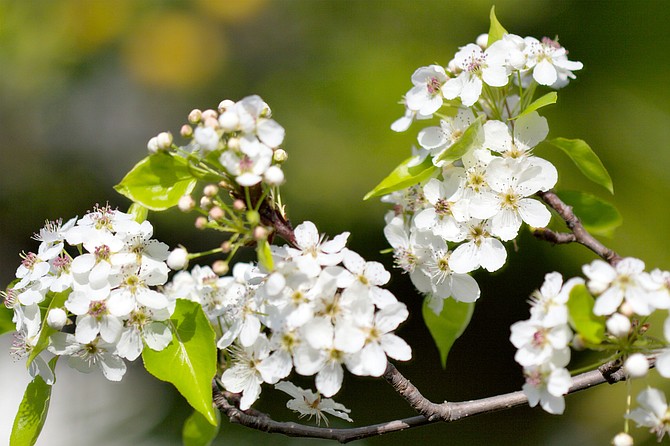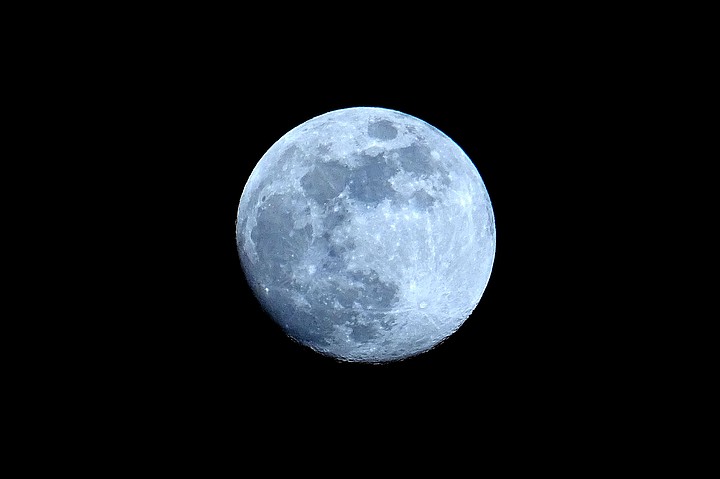 Facebook
Facebook
 X
X
 Instagram
Instagram
 TikTok
TikTok
 Youtube
Youtube

Ornamental Pear Trees, one of the earliest-to-bloom trees in San Diego, are about to bear their white flowers. The thousands of blossoms appear in sheets and clusters, looking rather like snow when viewed from a distance. Nice specimens can be seen along Lake Murray Boulevard, along Clairemont Mesa Boulevard between Highway 163 and Interstate 15, and in parts of downtown San Diego.

The California Brown Pelican displays its most colorful plumage on its head and neck from late December through February in anticipation of the March-April breeding season. Brown pelicans typically stay in flocks, and can often be seen flying in “V” formation along the coast. The brown pelican can spot a fish from a height of 70 feet and dives headfirst into the water to grab its prey. No other known pelican uses this technique to catch fish.

The Full Moon rises regally from the east horizon at around 5:19 pm on Thursday, January 25, just five minutes after the sunset. The moon will remain in the sky for nearly 14 hours thereafter, finally setting near the time of sunrise. Some folk names for the January full moon include “chaste moon,” “cold moon,” “quiet moon,” “snow moon,” and “wolf moon.”


Ornamental Pear Trees, one of the earliest-to-bloom trees in San Diego, are about to bear their white flowers. The thousands of blossoms appear in sheets and clusters, looking rather like snow when viewed from a distance. Nice specimens can be seen along Lake Murray Boulevard, along Clairemont Mesa Boulevard between Highway 163 and Interstate 15, and in parts of downtown San Diego.

The California Brown Pelican displays its most colorful plumage on its head and neck from late December through February in anticipation of the March-April breeding season. Brown pelicans typically stay in flocks, and can often be seen flying in “V” formation along the coast. The brown pelican can spot a fish from a height of 70 feet and dives headfirst into the water to grab its prey. No other known pelican uses this technique to catch fish.

The Full Moon rises regally from the east horizon at around 5:19 pm on Thursday, January 25, just five minutes after the sunset. The moon will remain in the sky for nearly 14 hours thereafter, finally setting near the time of sunrise. Some folk names for the January full moon include “chaste moon,” “cold moon,” “quiet moon,” “snow moon,” and “wolf moon.”
Comments